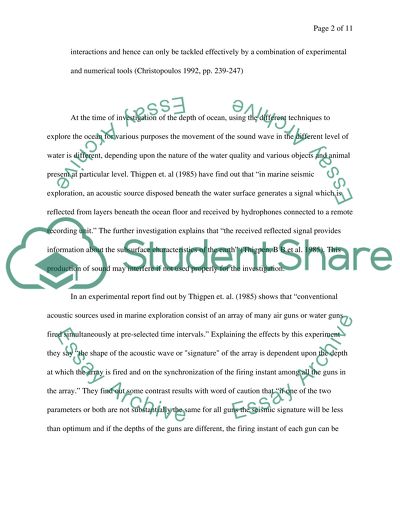Cite this document
(Depth Transducer Protective Assembly Term Paper, n.d.)
Depth Transducer Protective Assembly Term Paper. Retrieved from https://studentshare.org/environmental-studies/1521039-ocean-depth-probe
Depth Transducer Protective Assembly Term Paper. Retrieved from https://studentshare.org/environmental-studies/1521039-ocean-depth-probe
(Depth Transducer Protective Assembly Term Paper)
Depth Transducer Protective Assembly Term Paper. https://studentshare.org/environmental-studies/1521039-ocean-depth-probe.
Depth Transducer Protective Assembly Term Paper. https://studentshare.org/environmental-studies/1521039-ocean-depth-probe.
“Depth Transducer Protective Assembly Term Paper”, n.d. https://studentshare.org/environmental-studies/1521039-ocean-depth-probe.


